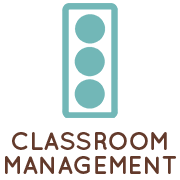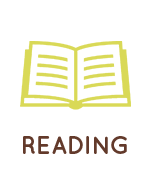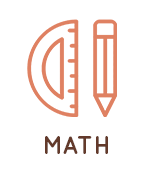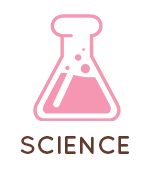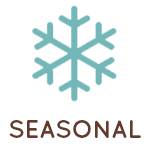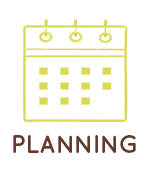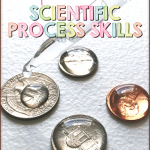
At the beginning of the school year, teachers will often focus on teaching the scientific method. It takes many skills to design and carry out a good science experiment. Those skills, called process skills, help make the science experiment reliable, repeatable, and meaningful. That’s why it’s important that teachers also teach the scientific process skills too.
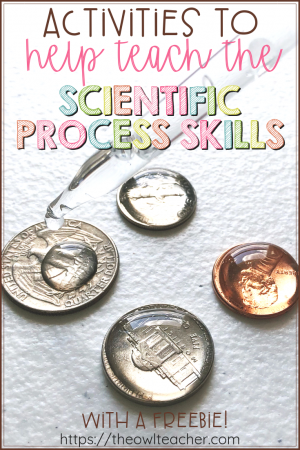
When students walk through the scientific method, they are doing the process skills along the way. These process skills are observations, inference, prediction, classifying, measuring, communicating, experimenting, representing data, and controlling variables. Below, I plan to provide an idea to teach each process skill.
Activities to Teach Scientific Process Skills
1) Observations & Inference – I like to group these two skills because they are often used together. Observation refers to both describing, such as using the five senses (qualitative) and measuring (quantitative). Inference is the logical conclusion drawn about an object or event based on an observation.
One activity I like to do the brown bag activity. I first provide each group of students with a variety of objects, such as marbles, erasers, rubber bands, pompoms, jelly beans, wooden blocks, paper clips, etc. and have them observe them. Then I have students take their objects and place them in a small lunch bag. Then each student has to place their hand in the bag, feel an object, and infer which it is based on their observations.
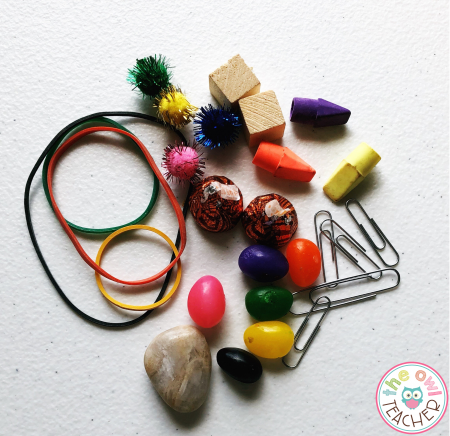
2) Prediction – Prediction is the forecasting of future events based on past observations or available data. When a student has more experience in science, he or she will also have more accurate scientific predictions.
For prediction, I love to complete the Drops of Water activity. In this activity, I have students partner up and provide each partnership with a quarter, dime, nickel, and penny. Then I provide them with a medicine dropper and a cup of water. They start off by predicting which coin will hold the most drops and how many drops each coin will hold. They have to tell their partner why they predict that too. Then they begin. Drop, drop, drop. They record their information in a chart and find out if their predictions were accurate or not.
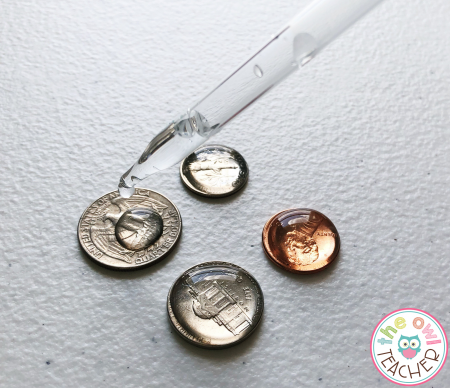
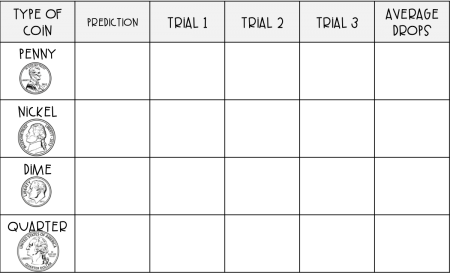
3) Classifying – Classifying is typically pretty easy to kiddos. They know it’s just placing objects or events into groups based on common characteristics. They’ve been doing that since they were knee-high.
When I’m teaching this scientific process skill, I just pour out a large pile of buttons on a table and let them work in teams to sort them by any characteristic they can come up with. Then once they have them sorted, I say “That’s wonderful! Now come up with a different one!” I try to do that a few times until they have exhausted all the possibilities. I want students to really think outside the box and not just go with the color.
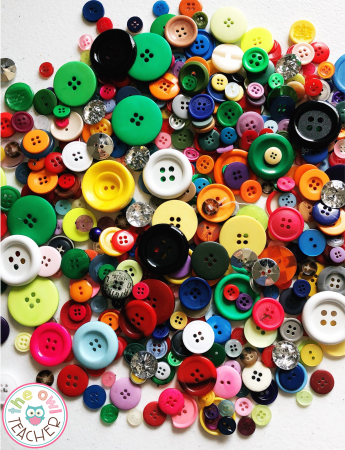
4) Measuring & Estimating – These scientific process skills involves length, volume, area, mass, and temperature to describe objects. We typically cover all of those over the entire year, so for the beginning of the year, I just start with length.
I have students partner up and measure body parts. Students will first estimate how long each part is and then measure each other’s hand, arm length, leg length, and so on.
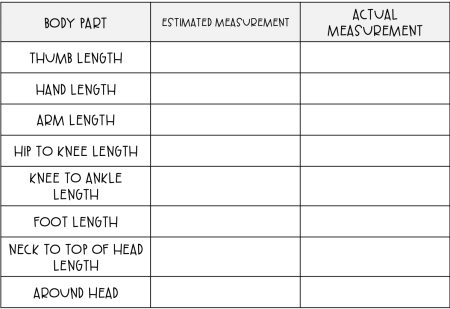
5) Communicating – This skill is used often if you teach students to create lab reports. This skill describes an event or object to another person – so they can repeat it.
I’m old school so I have my students pair up and sit back-to-back. I provide each student with one piece of paper and have them fold it in half hamburger style. Then I have them both draw a simple picture for 1 minute. After a minute is up, I have one partner describe (communicate) to the other partner how to draw it – without fully giving it away or peeking! For instance, if partner A drew an ice cream cone, she can’t say “draw an ice cream cone.” She would have to say something like, in the middle of your page, draw a triangle with the main point down…” Once both students have communicated (I give about 5 minutes) and drawn, I have them show each other their images to see how much they compare. It’s usually off by a lot!
6) Collecting, Representing, & Interpreting Data – This process skill is about helping students organize all of their measurements so that they can make their information easier to use and interpret.
To keep it simple, I generally provide each group with a weather report (found online or in your local paper) with the hour by hour summary. Then I have students organize it into a chart, create a graph, and answer questions related to it, such as what’s the highest temperature, the lowest temperature, and so on.
7) Controlling Variables – I recently talked about this in my post, Teaching About Variables in Science. It includes a freebie and a great science experiment, testing paper towel absorbency, that help your students really understand controlling variables.
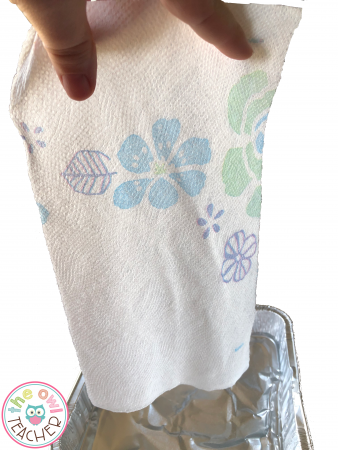
8) Experimenting – This is really putting all the process skills together in one activity. And there are a lot of different activities you can do to complete this one!
Any of these activities can be done individually or you can complete them all together in ONE day by setting up tables with a process skill at each one. Then you could just have students rotate through each one.
Grab Your FREEBIE!
You can download the charts for the drops of water activity and the measurement activity by clicking here. No catch. 🙂


